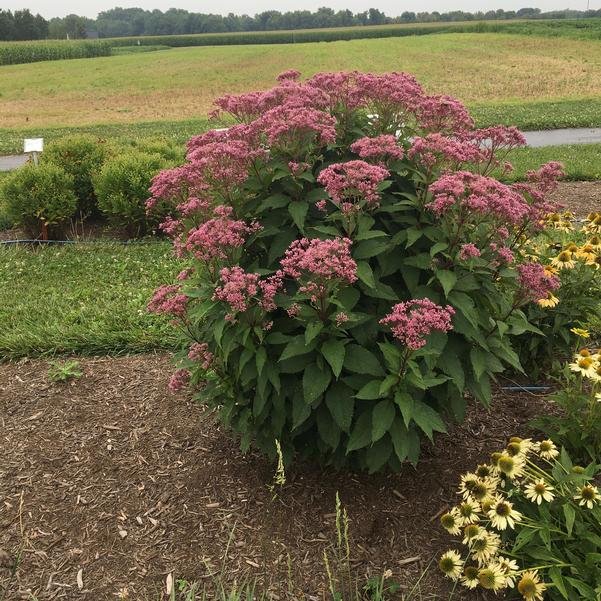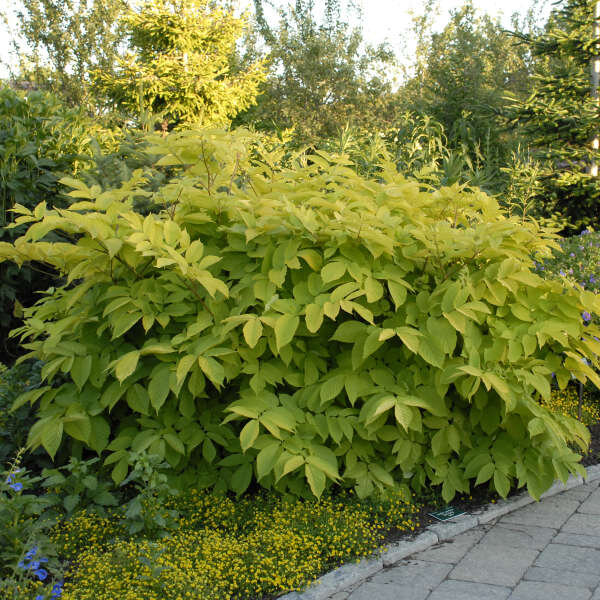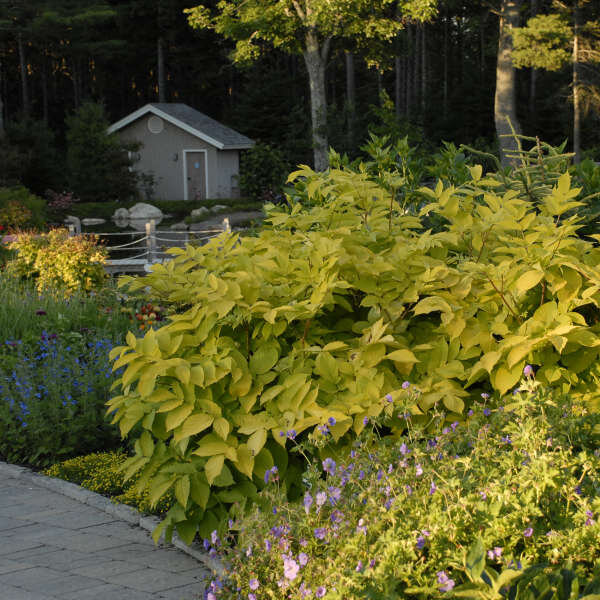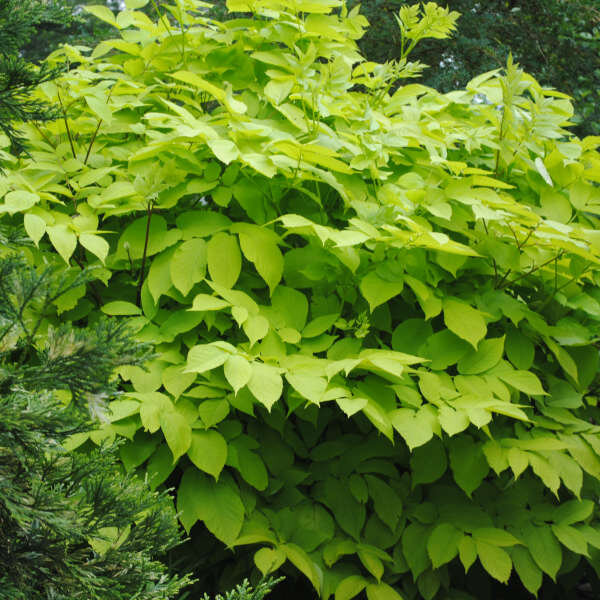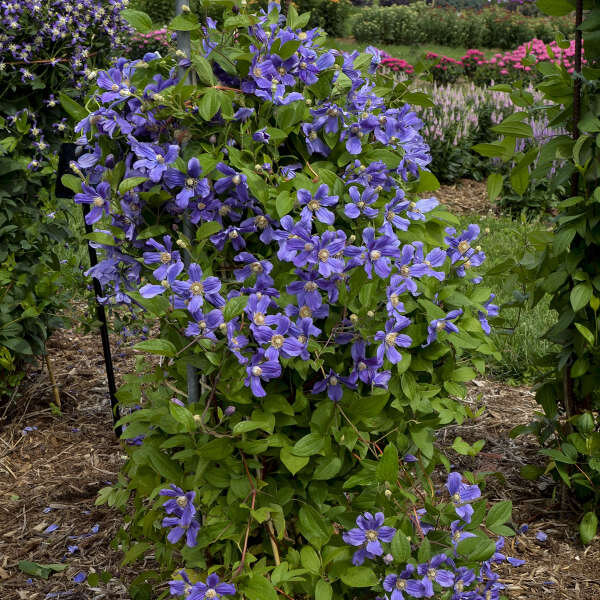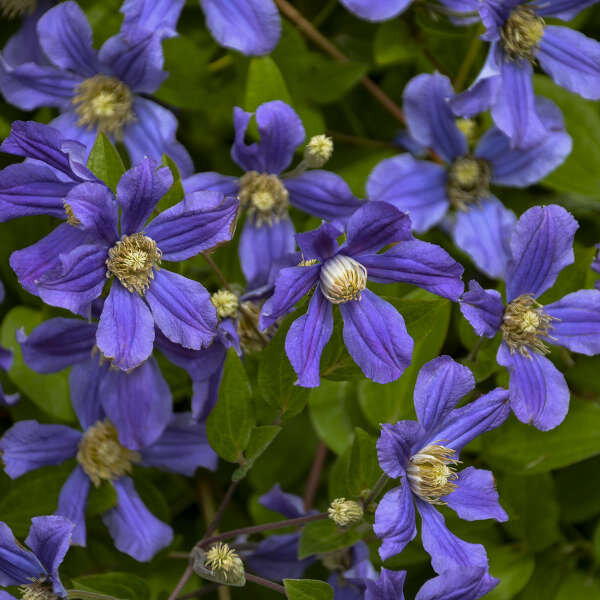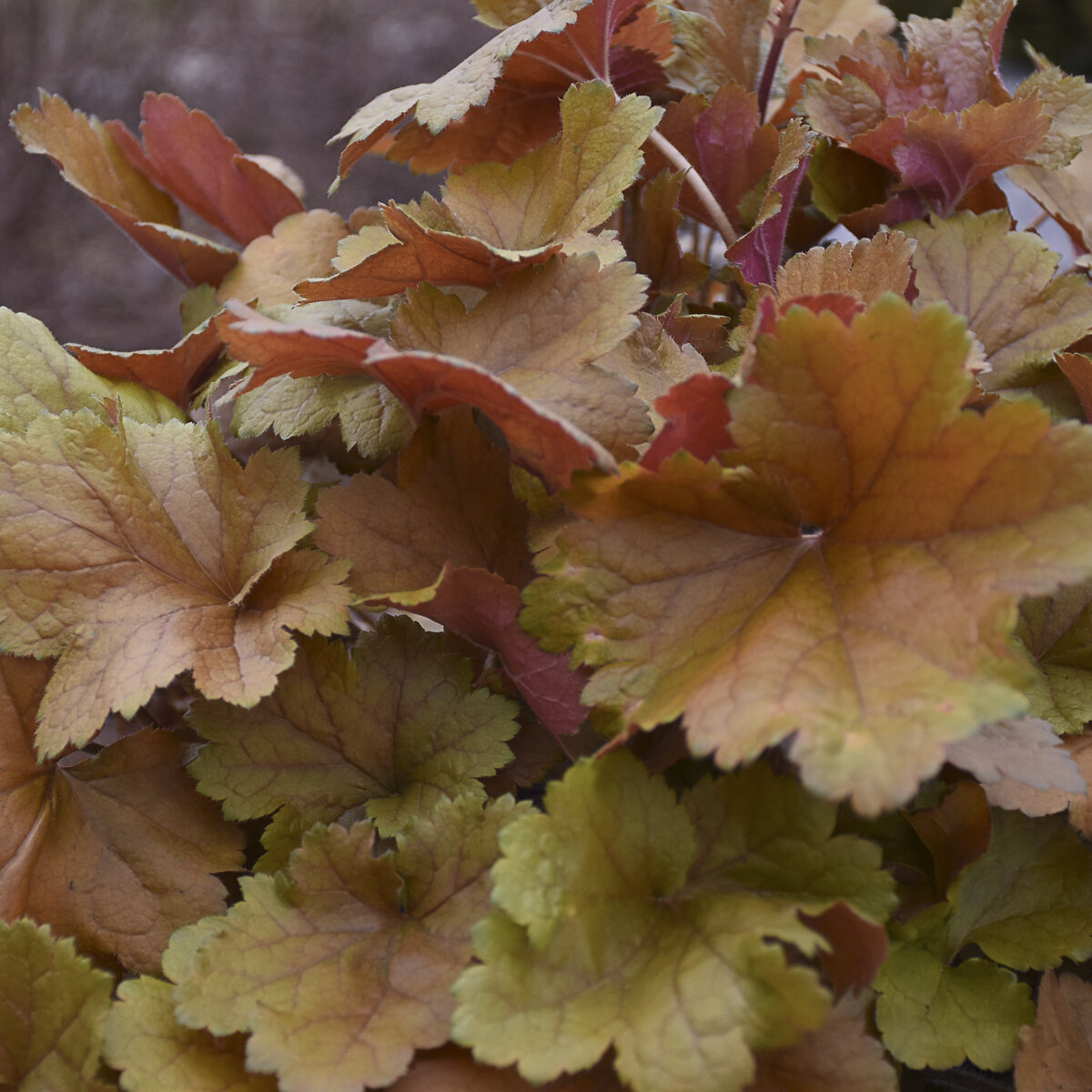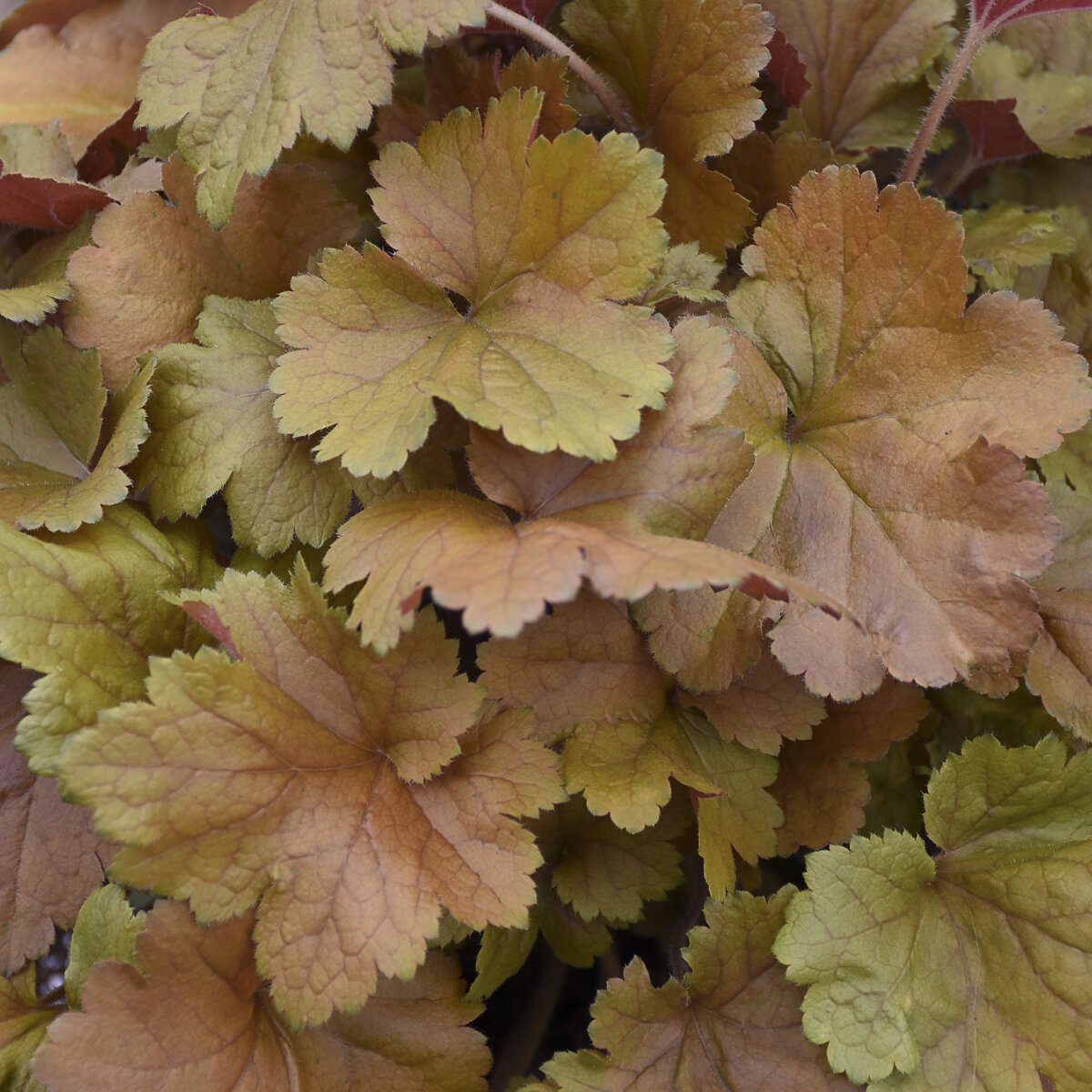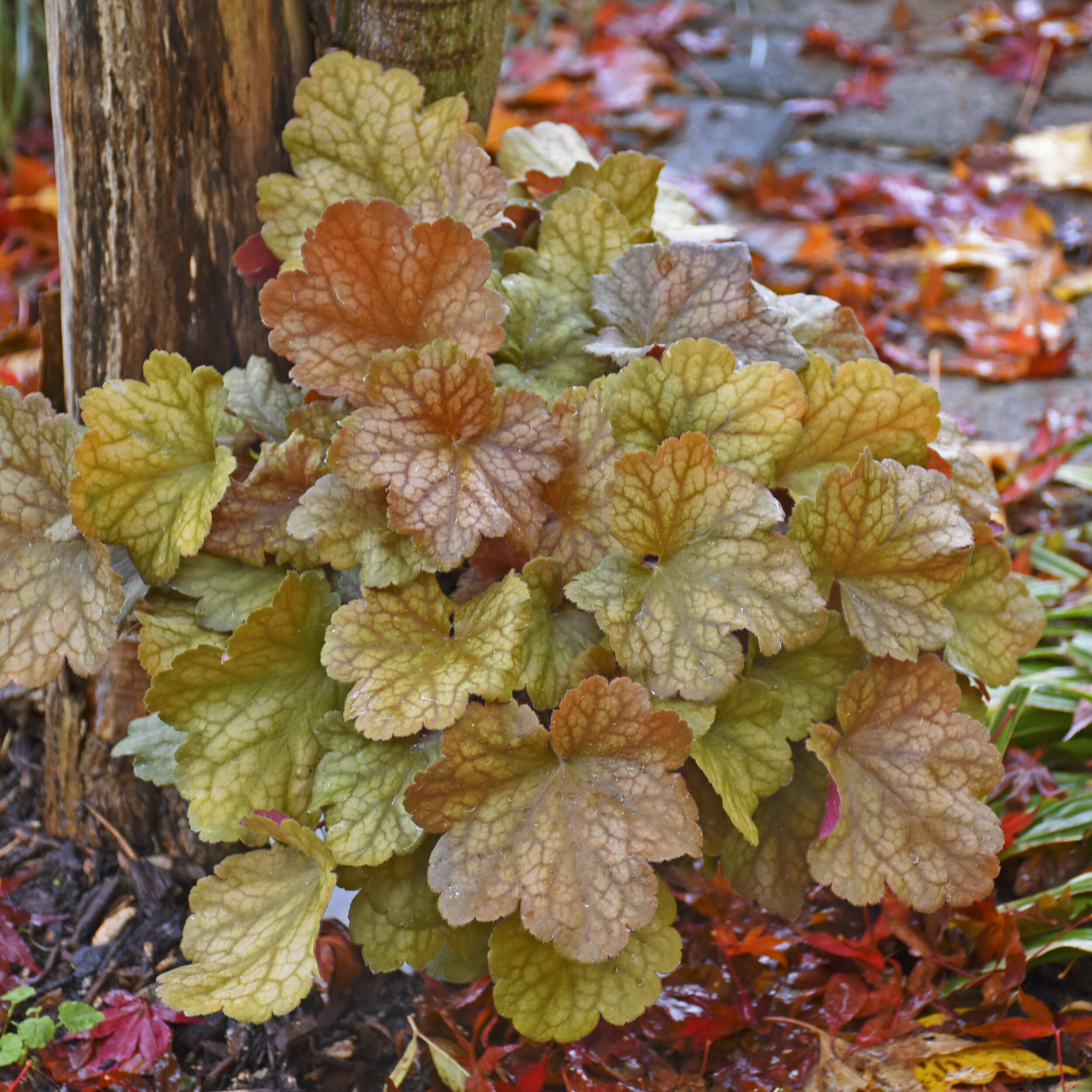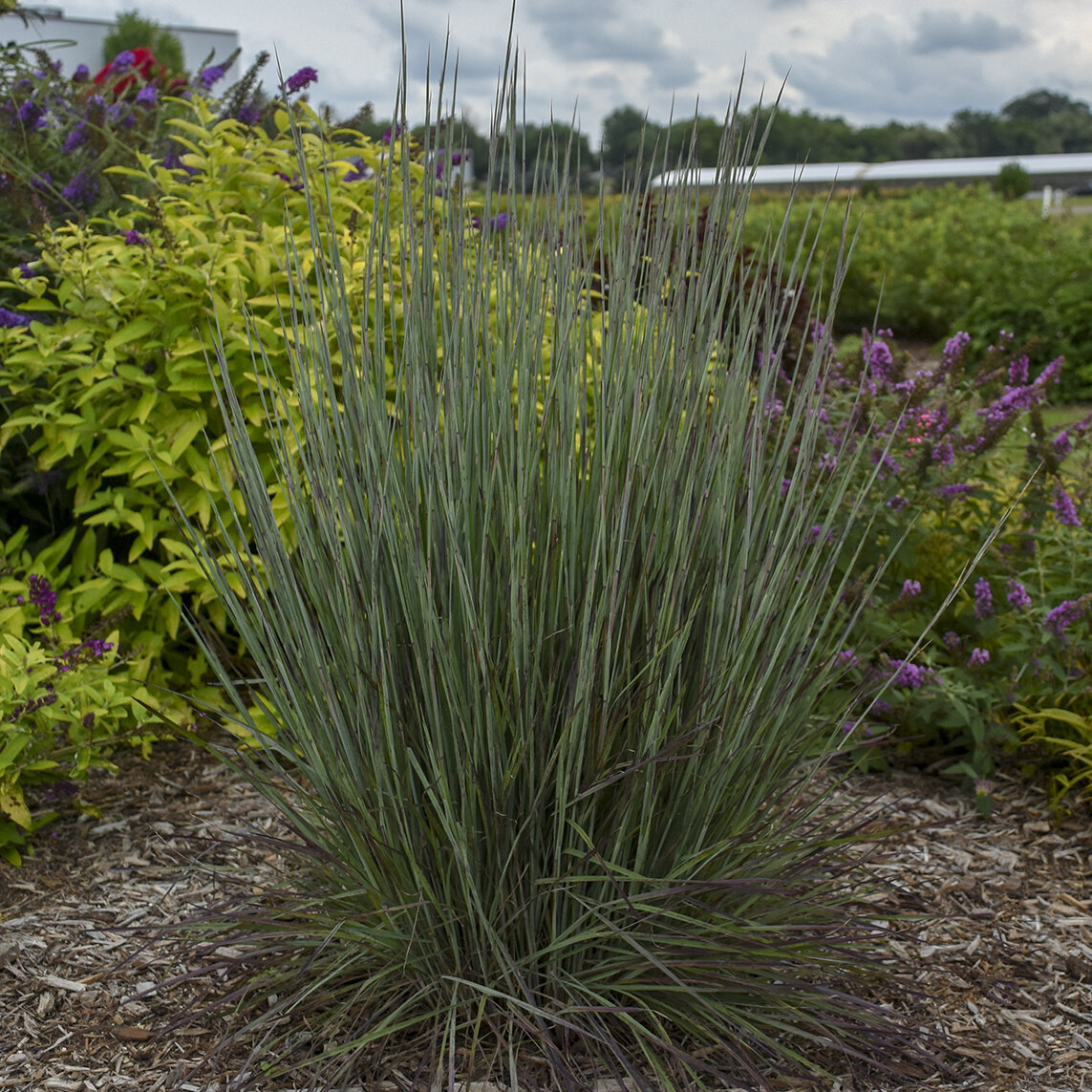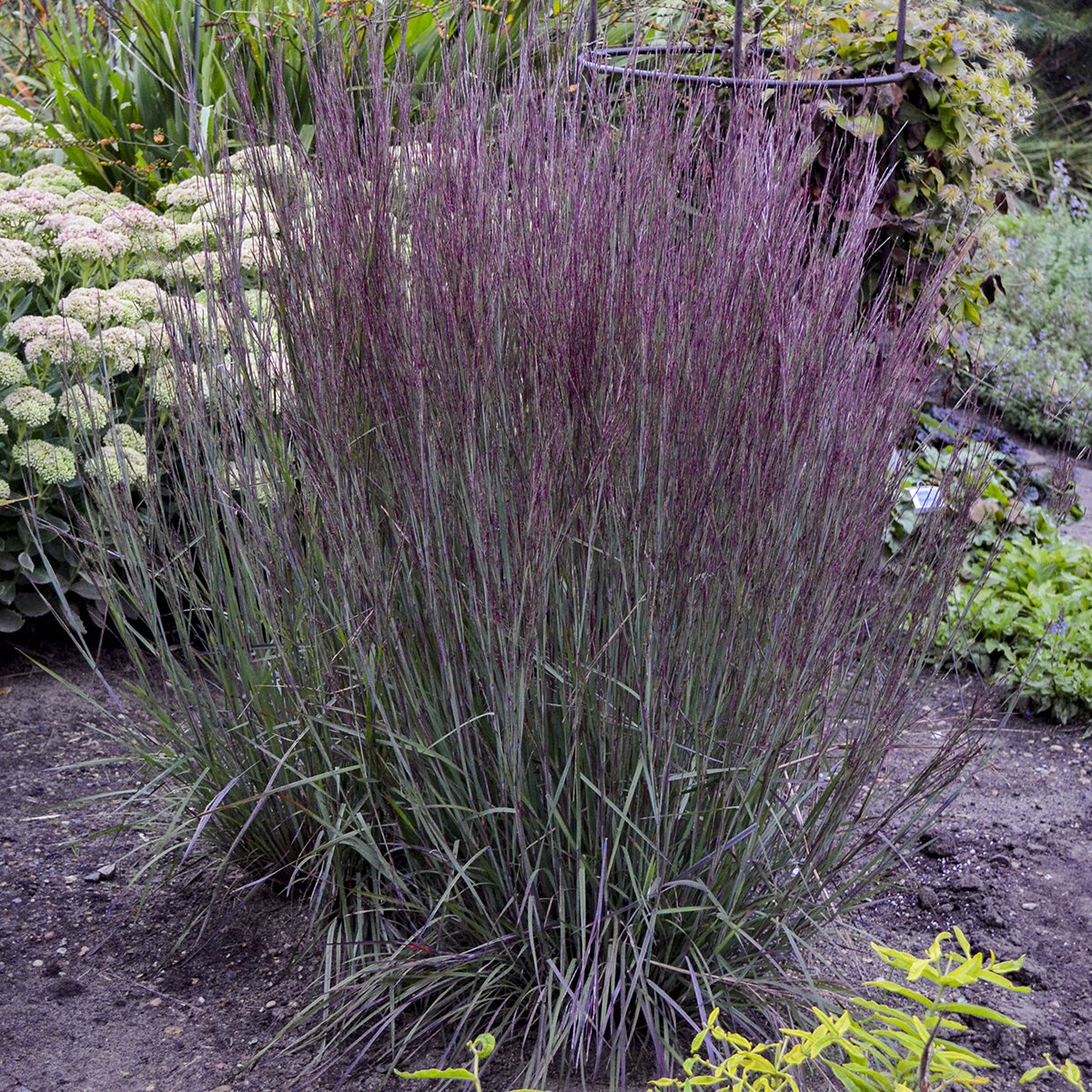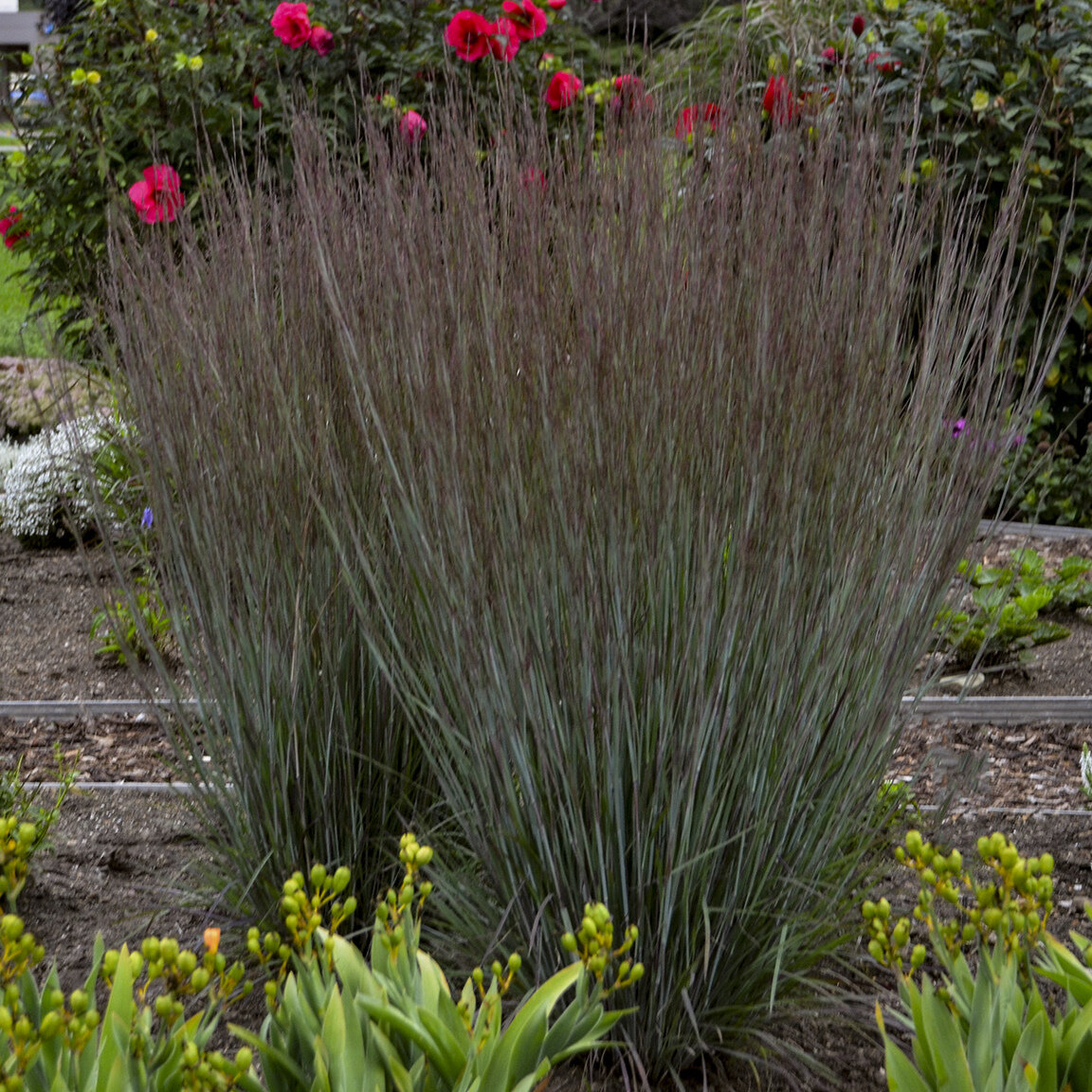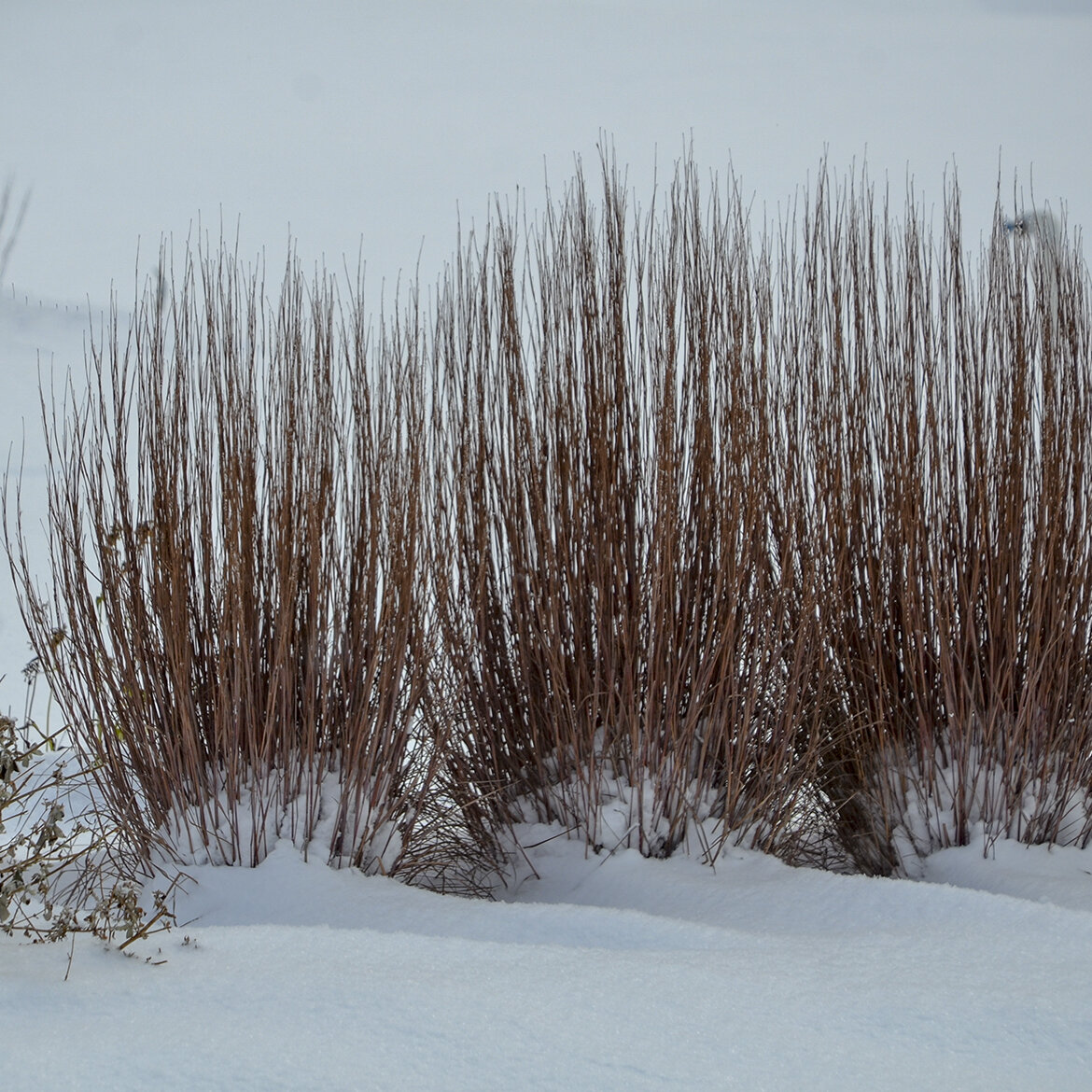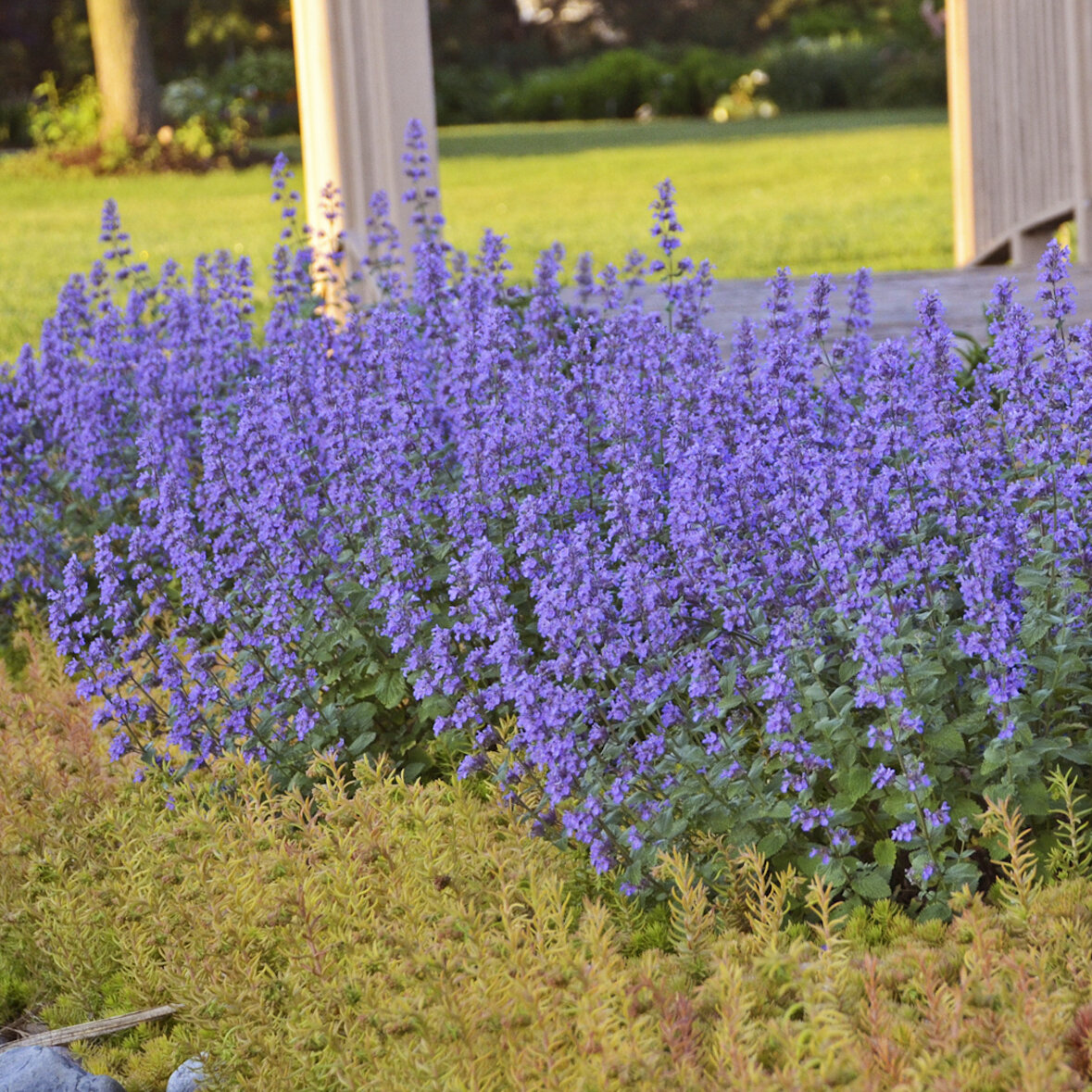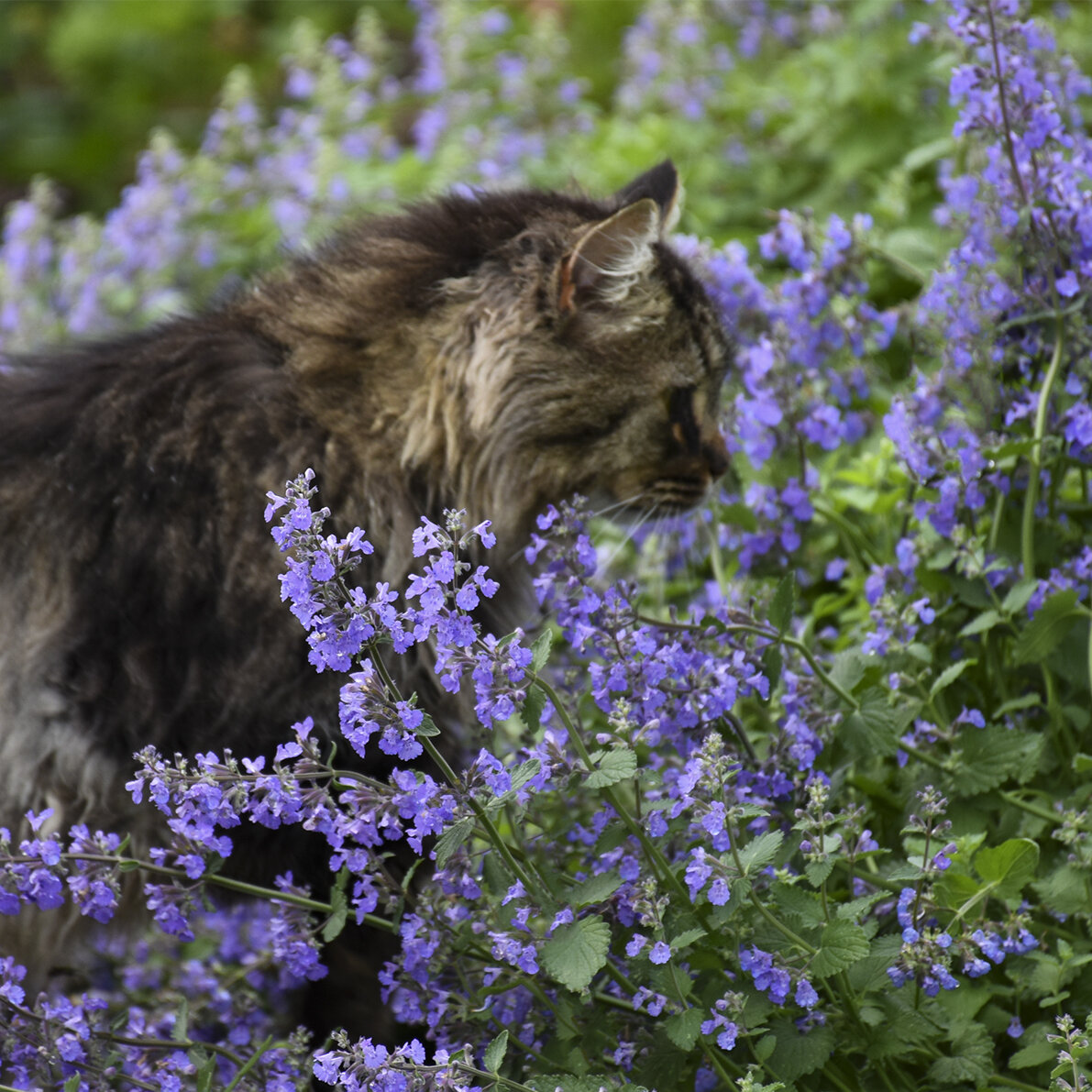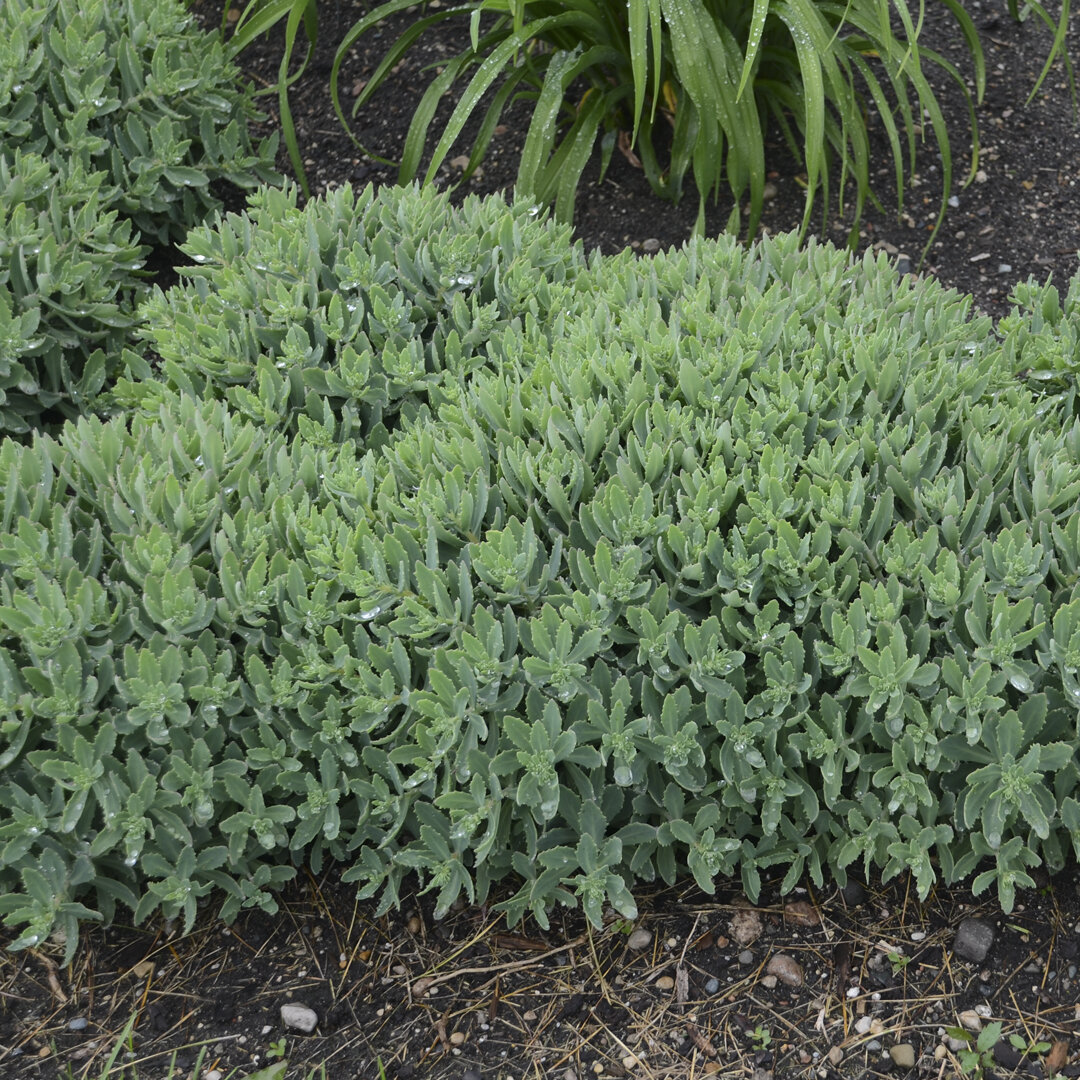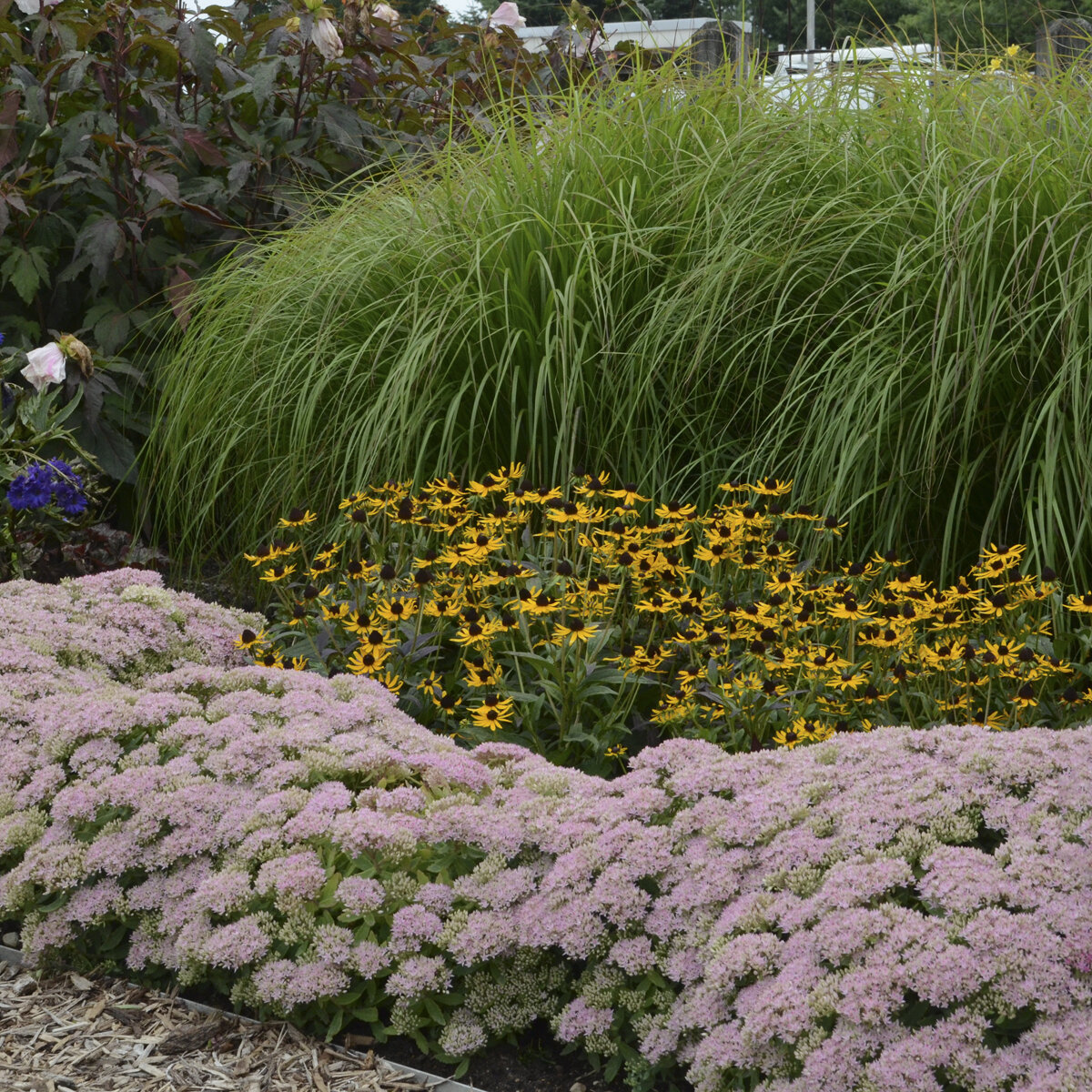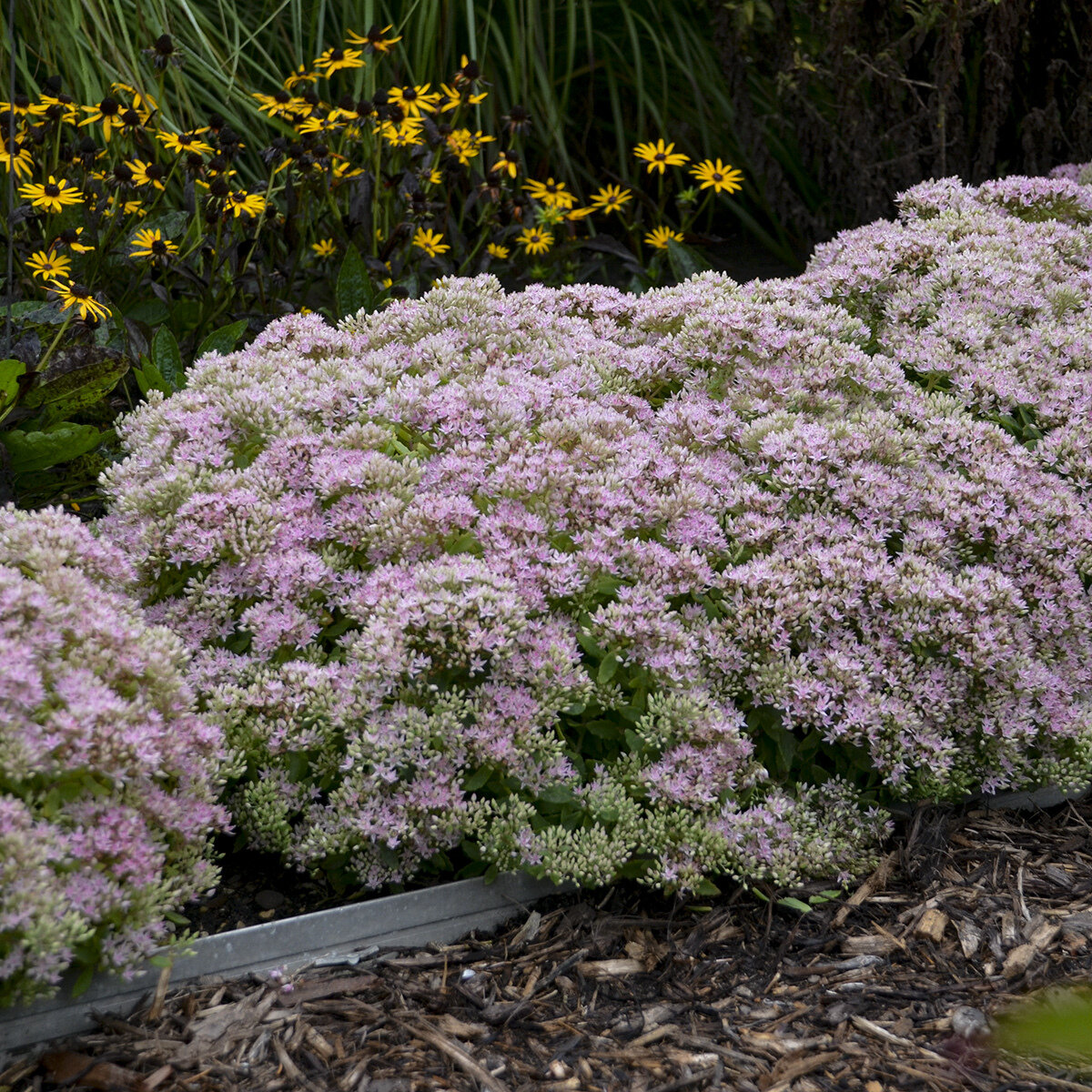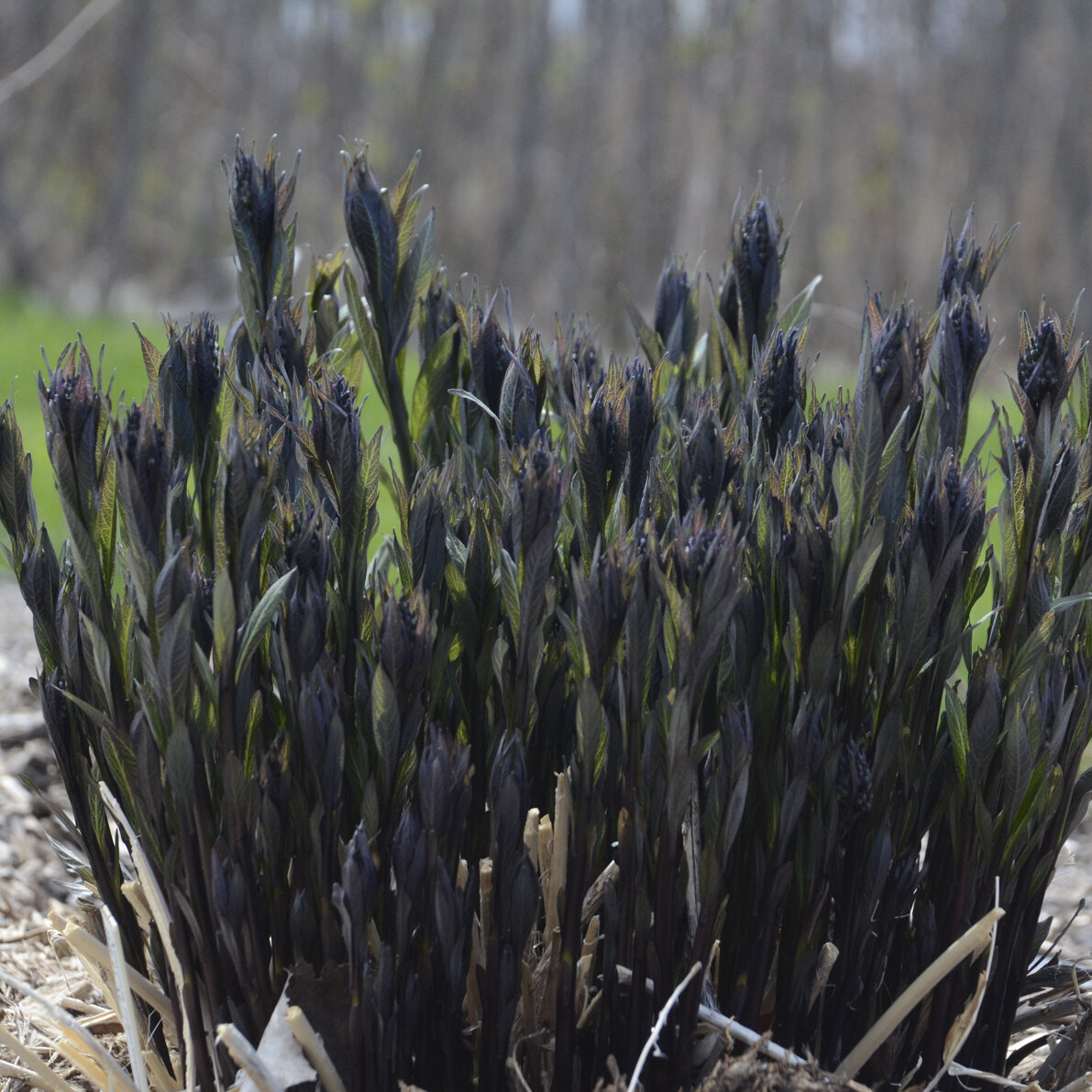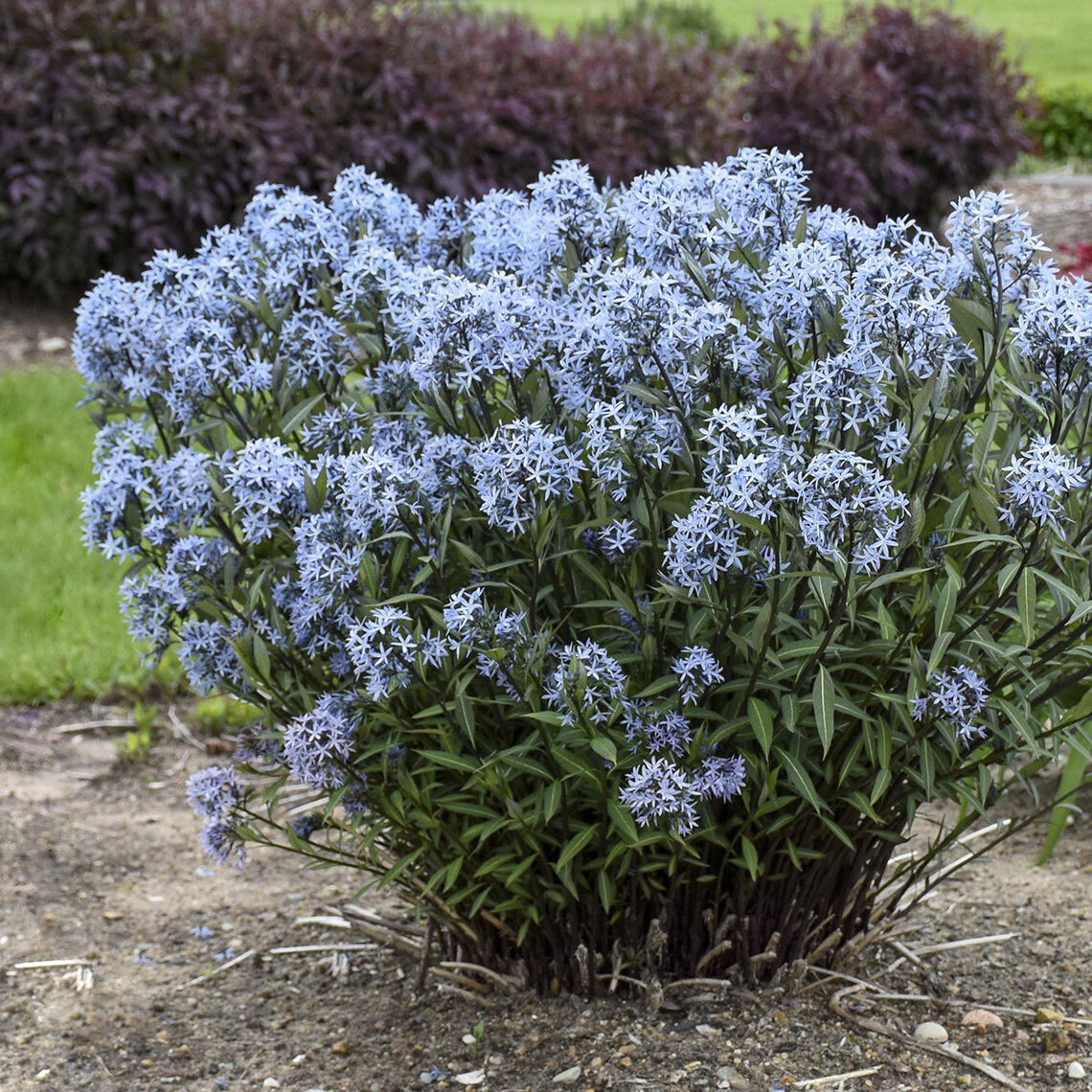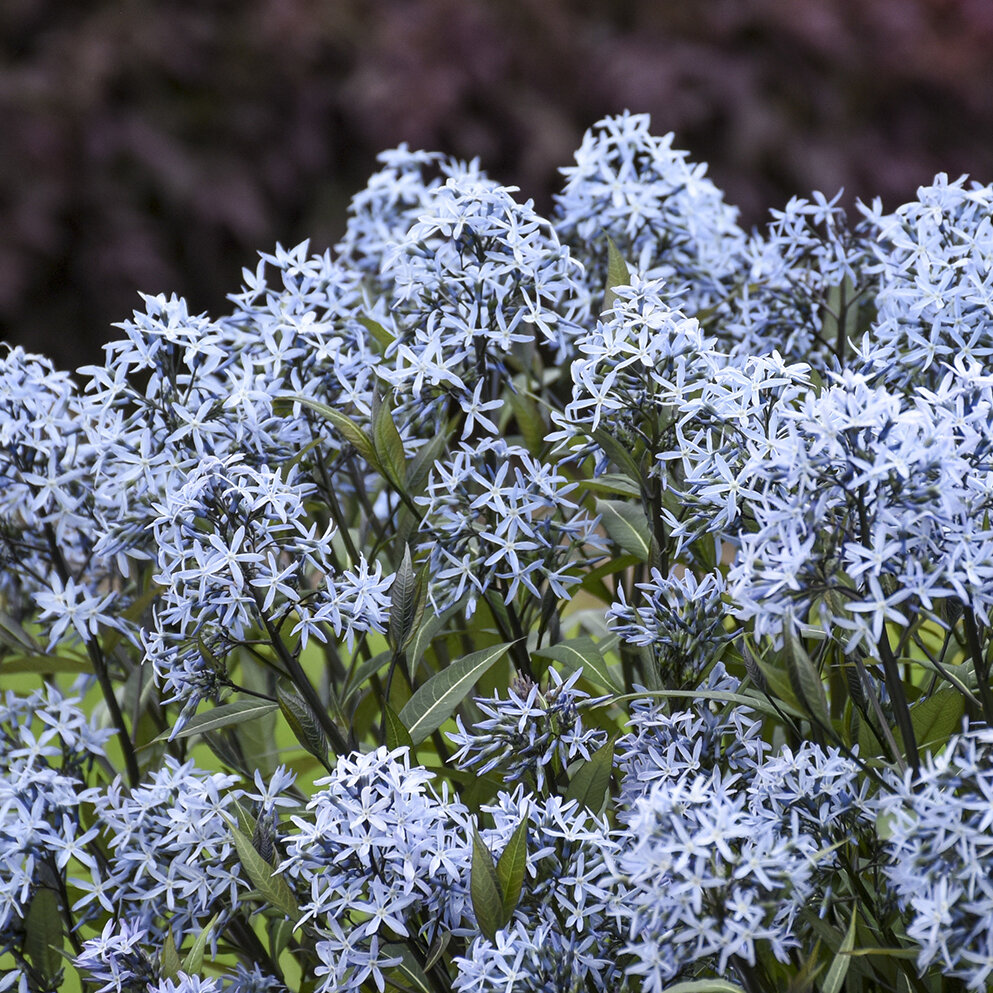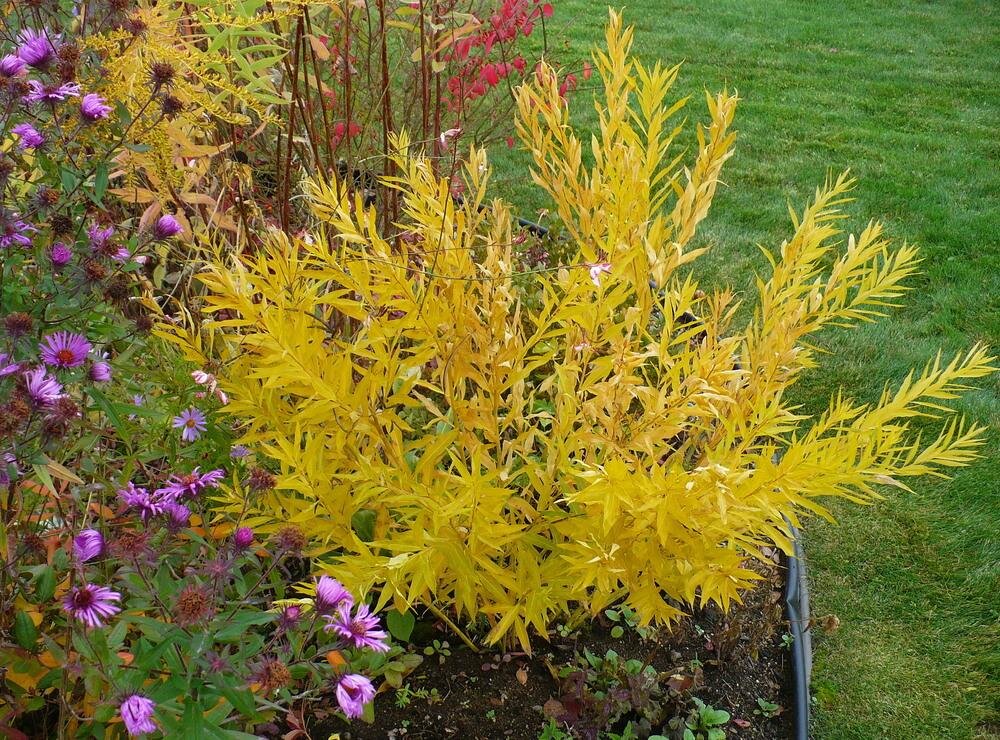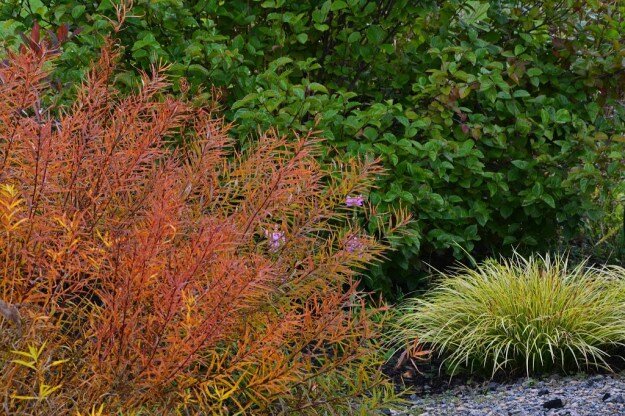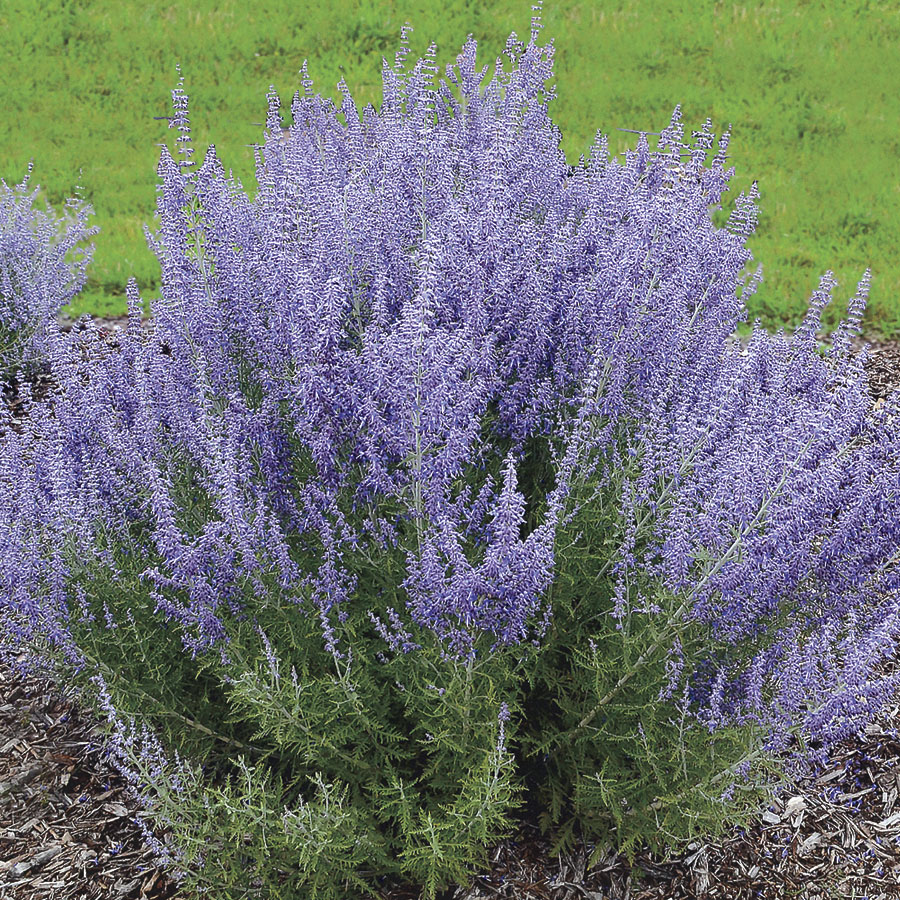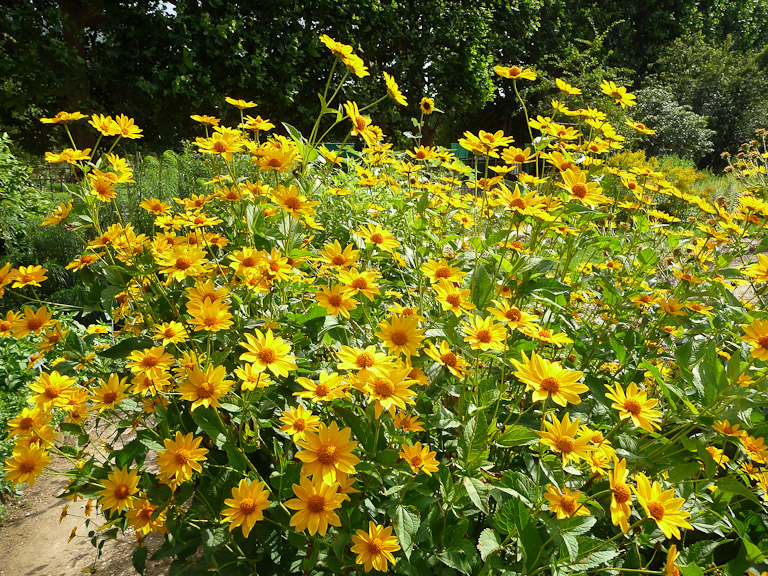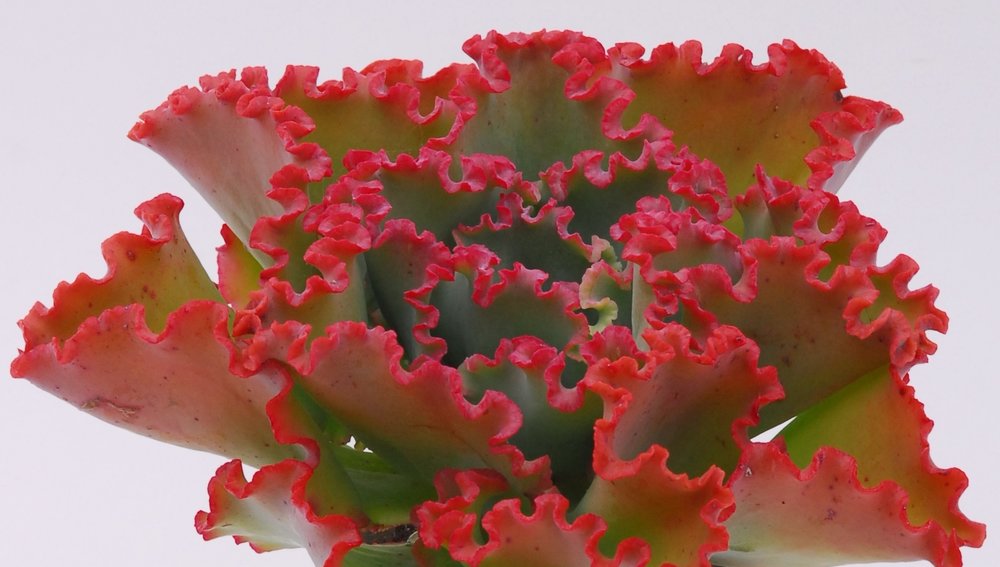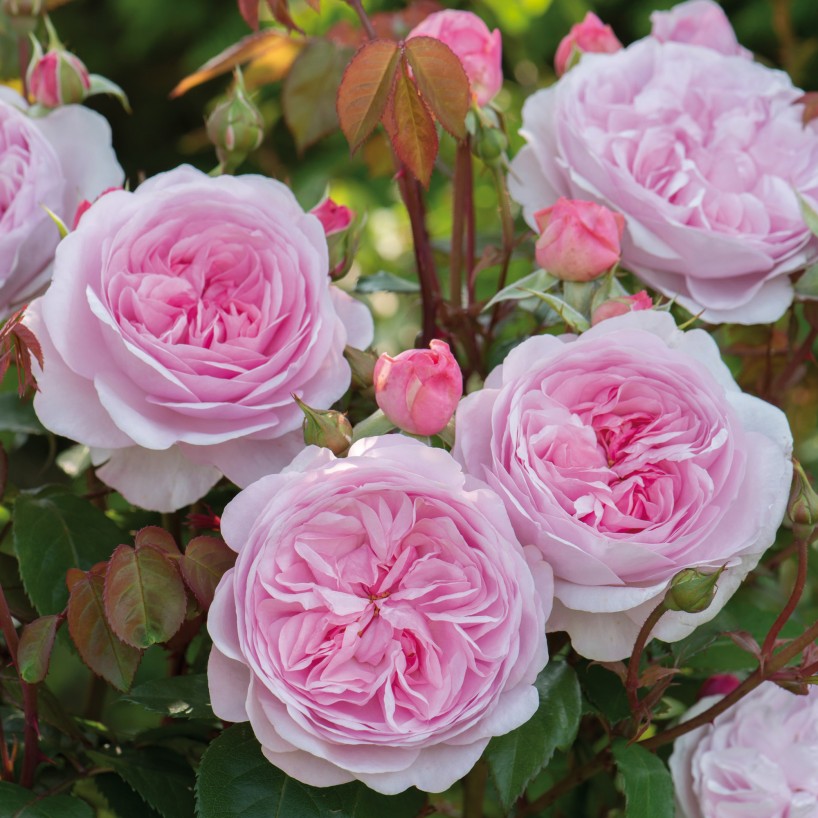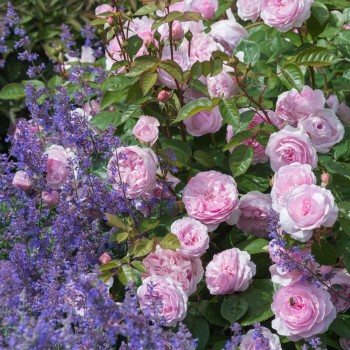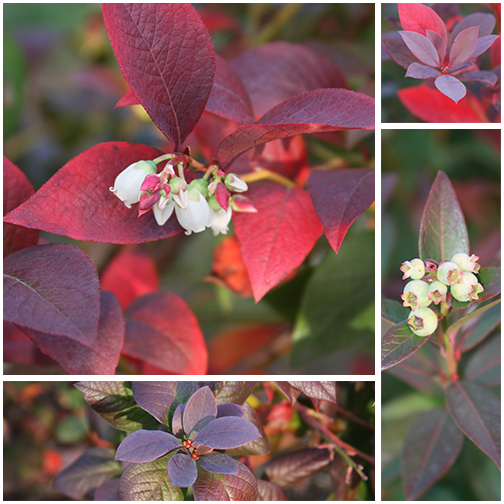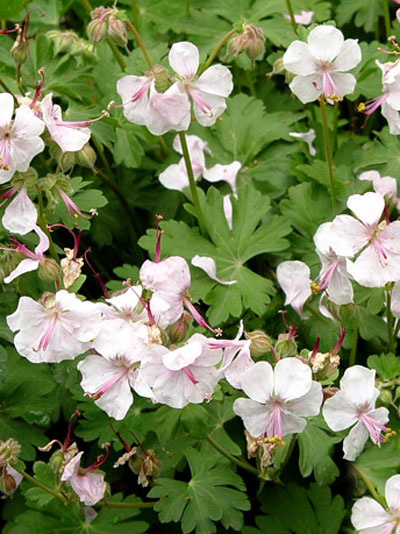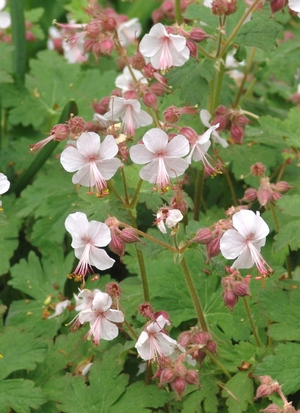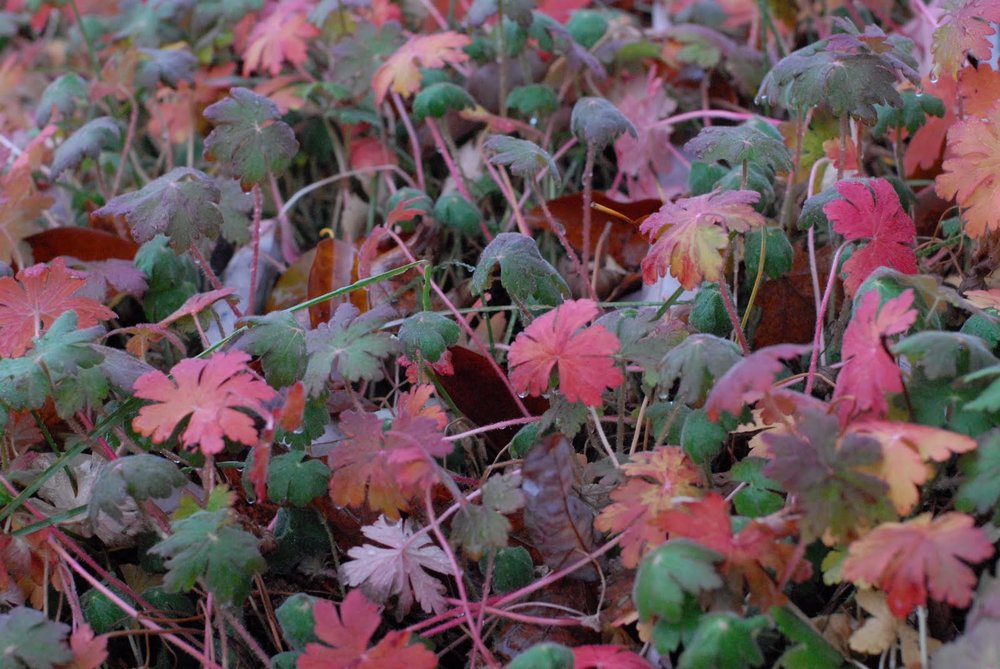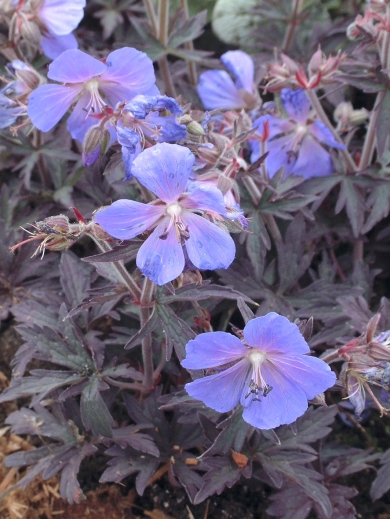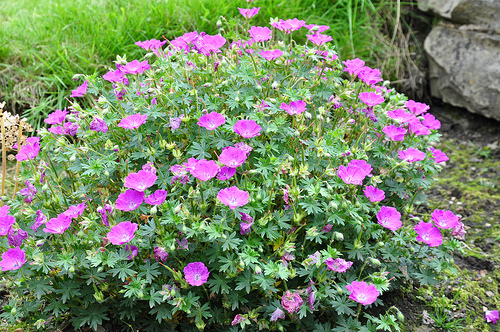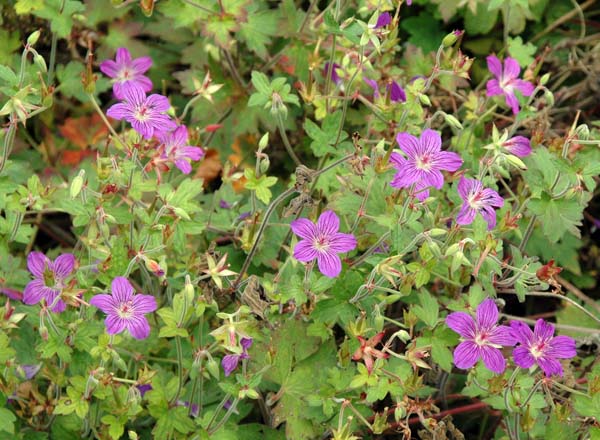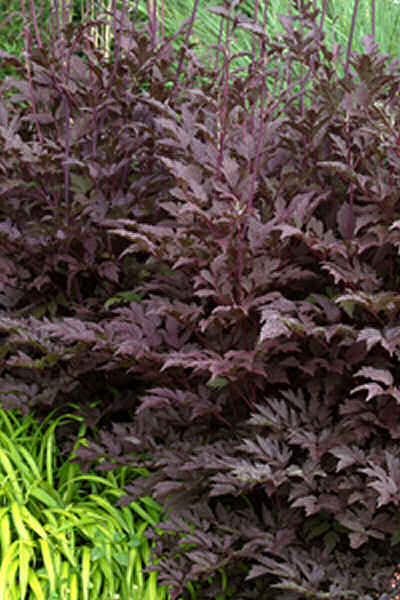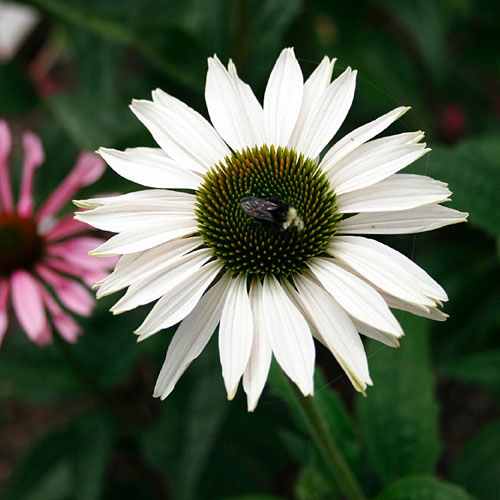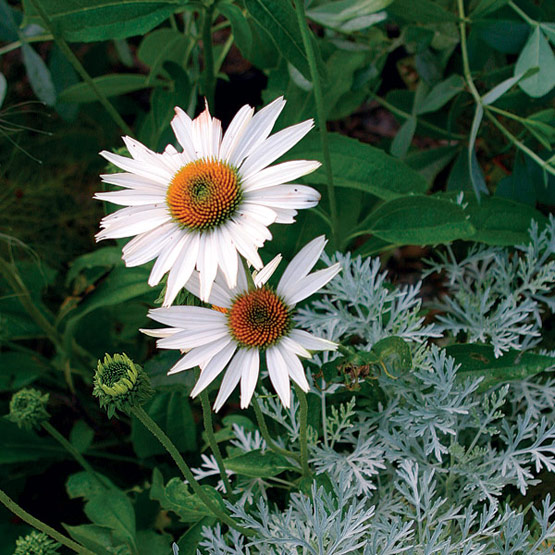I said I gave up on writing about new plants, but that proves to have been an emotional outburst. There are always new plants, and its a good idea to look through the lists and the marketing materials and see if there are some that could really work for my design practice. Below are a few more perennials that are new for 2022 - or at least newly on my radar - including information from their Plant Patent for some of them.
Amsonia hybrid ‘String Theory’ Patent number: PP34419
Date of Patent: July 12, 2022
Assignee: Walters Gardens, Inc.
Inventor: Hans A Hansen
From the Plant Patent:
A new and distinct Amsonia plant named ‘String Theory’ is characterized by winter-hardy, compact, densely-stemmed, clean habit with linear, dark-green foliage that goes dormant in the winter; single, light periwinkle-blue, star-shaped flowers on medium height scapes flowering above the foliage beginning about early-May and effective for about four weeks. T
The most similar Blue Star cultivars known to the inventor are: ‘Blue Ice’ (not patented), ‘Starstruck’ U.S. Plant Pat. No. 32,246 and ‘Storm Cloud’ (not patented).
Amsonia hubrichtii, commonly called “bluestar,” is a native perennial with blue spring flowers and showy fine-textured foliage that turns gold in fall. The main criticism is that some people think it gets a little tall and floppy with its three-foot height. ‘String Theory, is a compact version that knocks a foot off of this plant’s usual height.
“It’s more compact than the species, plus the leaves don’t turn chlorotic (yellowish) in summer,” says Chris Ruger, a grower for the wholesale Quality Greenhouses near Dillsburg who picks ‘String Theory’ as his favorite new perennial of 2022. The variety blooms a little later in spring than the species but still retains the periwinkle-blue flower color as well as the brilliant golden fall-foliage color.
Plants grow just under two feet tall, ideally in full sun. Amsonia is also heat tolerant and not a favorite of deer.
Pennisetum alopecuroides Worryfree Hush Puppy - a non-invasive Fountain grass
Pennisetum alopecuroides 'Tift PA5' PP31,027
Bred at the University of Georgia
From the Plant Patent:
Open pollinated seeds from ‘Tift PS989’ plants were irradiated with 10 K of Cobalt 60 gamma radiation to produce a first group of irradiated seeds. These seeds were planted in a field to produce 256 plants. These plants were evaluated and six were selected based on morphologically desirable genotypes with reduced seed set. Open pollinated seeds (a second group of seeds) from these six selected plants was harvested and irradiated with 10 Kr of Cobalt 60. Irradiated seeds from only one of the six selected plants survived the second radiation and were planted in a field to produce 64 plants. Irradiation of seeds usually results in chimeras or sectors on the plants for the trait of interest. Therefore, each of the sixty four plant was divided into four quadrants or sectors (a, b, c, and d) and five or more inflorescences from each quadrant were examined for seed sterility. A highly seed sterile sector a of plant number 60 was selected and asexually propagated to produce ‘Tift PA5’. ‘Tift PA5’ has been tested at Tifton, Ga.
Lower Paxton Twp. PA horticulturist David Wilson, marketing director for Overdevest Nurseries’ Garden Splendor line of plants, picked Worryfree Hush Puppy fountain grass as one of his two favorite new perennials of 2022. He likes it for two reasons : 1.) it’s sterile (meaning no unwanted seeding around), and 2.) it has unusually long-lasting flowering spikes
Wilson adds that Hush Puppy has a “nice, full, and vigorous free-flowering habit with inflorescences that last much longer than conventional varieties like ‘Hameln.’ In our trials, we’ve witnessed displays that last at least four weeks longer than other varieties.”
Hush Puppy™ Fountain Grass features long-lasting pink plumes that spray high over rounded mounds of slender foliage. Plants grow three feet tall and four feet wide, ideally in full sun. Drought-tough and deer-resistant. Hardiness Zones: 5-9
Eupatorium purpureum 'FLOREUPRE1' Euphoria™ RubyPPAF (syn. Eutrochium purpureum 'FLOREUPRE1')
Joe Pye Weed
There are lots of varieties of Joe Pye weed now - it's hard to keep them straight sometimes. Joe Pye Weed can get a bit big for a lot of gardens, topping out at six feet or more. Even recent “dwarf” varieties often grow four feet tall and wide. But its a very valuable native plant that pollinaotrs of all kinds flock to. So having a cultivar that is even smaller than 'Little Joe' is a great addition to the landscape designer's arsenal. Plus its name is a cute and clever play on the word "Eupatorium".
'Euphoria Ruby' grows just over three feet tall, doesn’t flop, and is a heavy bloomer with magenta umbrella-shaped clusters. Bees and butterflies love it. ‘Euphoria Ruby’ will grow in both damp or dry soil, ideally in full sun.
The new cultivar originated in a controlled breeding program in Quedlinburg, Germany in 2011. The objective of the breeding program was the development of Eutrochium cultivars having a compact growth habit.
From the Plant Patent:
The new Eutrochium cultivar is the result of open-pollination. The female (seed) parent of the new cultivar is the proprietary Eutrochium purpureum breeding selection coded 4846-1, not patented, characterized by its medium cream-rose colored ray florets, dark green-colored foliage, and vigorous, upright growth habit. The male (pollen) parent of the new cultivar is unknown. The new cultivar was discovered and selected as a single flowering plant within the progeny of the above stated open-pollination in a controlled environment in Quedlinburg, Germany.
The following characteristics of the new cultivar have been repeatedly observed and can be used to distinguish ‘FLOREUPRE1’ as a new and distinct cultivar of Eutrochium plant:
1. Medium red-purple colored inflorescences
2. Medium green-colored foliage
3. Low growth vigor
4. Compact-upright growth habit
Plants of the new cultivar differ from plants of the female parent primarily in having a different ray floret color, lower growth vigor, and a more compact growth habit.
Of the many commercially available Eutrochium cultivars, the most similar in comparison to the new cultivar is ‘Little Joe’, U.S. Plant Pat. No. 16,122. However, in side-by-side comparisons, plants of the new cultivar differ from plants of ‘Little Joe’ in at least the following characteristics:
1. Plants of the new cultivar are shorter than plants of ‘Little Joe’
2. Plants of the new cultivar have a darker purple-colored flowers than plants of ‘Little Joe’
3. Plants of the new cultivar have larger leaves than plants of ‘Little Joe’
Anemone ‘Spring Beauty’
Anemone hybrid 'Spring Beauty Pink'
Spring Beauty Pink comes from the Netherlands and is a hybrid of Anemone sylvestris, with bubblegum pink flowers first appearing in late spring and contining throughout summer. Delicate looking, but extremely tough, its perfectly pink flowers flutter in the wind attracting all the early pollinators with its nectar. Attractive molunded foliage.
It grows 12″ tall and 15″ wide, making it compact enough for smaller gardens, and for the front of the border. Its ideal condition is dappled shade protected from the afternoon sun, yet it will also grow in full shade. It looks beautiful in woodland settings and mixed with other perennials in cottage, cutting, and pollinator gardens. It spreads by underground rhizomes and can be used as a ground cover. New plants may grow near the original plant and can be easily transplanted elsewhere.
Angela Treadwell-Palmer, founder and co-owner of Alabama-based Plants Nouveau plant introduction company, picks this as her favorite new 2022 perennial because it’s the first deep-pink, spring-blooming anemone. Treadwell-Palmer says plants might look delicate, but they’re actually “supersturdy” and seldom bothered by any bug or disease issues. And she notes that early pollinators appreciate the spring blooms.
Nepeta grandiflora 'Summer Magic' PP27090 (Catmint)
This cultivar is not new by any means, having been on RHS Chelsea Flower show’s Short List in 2013. But its new to the US trade and is an introduction by Plants Nouveau. Their founder, Treadwell-Palmer, likes this new catmint variety because of its exceptionally long bloom time – running non-stop from May until September most years. “It blooms and blooms all summer,” she says. “The upright, deep-lavender blooms are held high above the grass-green foliage and never flop, even in the worst of storms. We admire its ability to ‘keep it fresh’ even in the heat and humidity of summer as other Nepeta varieties tend to fade.” Plants grow 15 to 18 inches tall and do best in full sun.
From the Plant Patent:
The new cultivar is a product of chance discovery by the inventor. This new variety, hereinafter referred to as ‘SUMMER MAGIC’, was discovered as a chance seedling by the inventor, Malcolm Spencer. The seed parent is believed to be Nepeta grandiflora ‘Bramdean’, unpatented, and the pollen parent undetermined. This interesting new variety was discovered in the inventor's garden during June 2010 as an individual seedling plant. The plant was discovered in West Sussex, England.
The following traits have been repeatedly observed and are determined to be the unique characteristics of ‘SUMMER MAGIC’
• 1. Compact bushy habit
2. Improved branch structure on flower stems
3. Improved plant sturdiness; better resistance to wind/rain damage
4. Distinctive strong flower color
5. Large quantity of flowers
COMPARISON TO PARENT VARIETY
‘SUMMER MAGIC’ is similar in most horticultural characteristics to the presumed seed parent variety Nepeta grandiflora ‘Bramdean’. Plants of the new cultivar ‘SUMMER MAGIC’ however, differ in the following:
1. The new variety is shorter
2. The new variety produces more branches.
3. The new variety has improved resistance to weather damage—parent variety is often broken open by summer storms.
‘SUMMER MAGIC’ can be compared to the well known commercial variety Nepeta faassenii ‘Six Hills Giant’, unpatented. Plants of the new cultivar ‘SUMMER MAGIC’ are similar to plants of ‘Six Hills Giant’ in most horticultural characteristics. Plants of the new cultivar ‘SUMMER MAGIC’ however, differ in the following characteristics:
1. The new variety is much shorter
2. The new variety has significantly improved branching on flower stems
3. The new variety has improved resistance to weather damage
4. Pinching requirements and or/growth regulator use are reduced
‘SUMMER MAGIC’ can be compared to the known commercial variety Nepeta racemosa ‘Little Titch’, unpatented. Plants of the new cultivar ‘SUMMER MAGIC’ are similar to plants of ‘Little Titch’ in most horticultural characteristics. Plants of the new cultivar ‘SUMMER MAGIC’ however, differ in the following characteristics:
1. The new variety produces longer flower spikes.
2. The new variety produces more flowers per stem, and more flowering stems per plant.
3. The new variety has improved resistance to weather damage
4. The new variety produces more branches per plant.
‘SUMMER MAGIC’ can be compared to the known commercial variety Nepeta racemosa ‘Little Titch’, unpatented. Plants of the new cultivar ‘SUMMER MAGIC’ are similar to plants of ‘Little Titch’ in most horticultural characteristics. Plants of the new cultivar ‘SUMMER MAGIC’ however, differ in the following characteristics:
1. The new variety produces longer flower spikes.
2. The new variety produces more flowers per stem, and more flowering stems per plant.
3. The new variety has improved resistance to weather damage
4. The new variety produces more branches per plant.‘SUMMER MAGIC’ can be compared to the known commercial variety Nepeta racemosa ‘Little Titch’, unpatented. Plants of the new cultivar ‘SUMMER MAGIC’ are similar to plants of ‘Little Titch’ in most horticultural characteristics. Plants of the new cultivar ‘SUMMER MAGIC’ however, differ in the following characteristics:
1. The new variety produces longer flower spikes.
2. The new variety produces more flowers per stem, and more flowering stems per plant.
3. The new variety has improved resistance to weather damage
4. The new variety produces more branches per plant.
‘SUMMER MAGIC’ can be compared to the known commercial variety Nepeta racemosa ‘Little Titch’, unpatented. Plants of the new cultivar ‘SUMMER MAGIC’ are similar to plants of ‘Little Titch’ in most horticultural characteristics. Plants of the new cultivar ‘SUMMER MAGIC’ however, differ in the following characteristics:
1. The new variety produces longer flower spikes.
2. The new variety produces more flowers per stem, and more flowering stems per plant.
3. The new variety has improved resistance to weather damage
4. The new variety produces more branches per plant.







